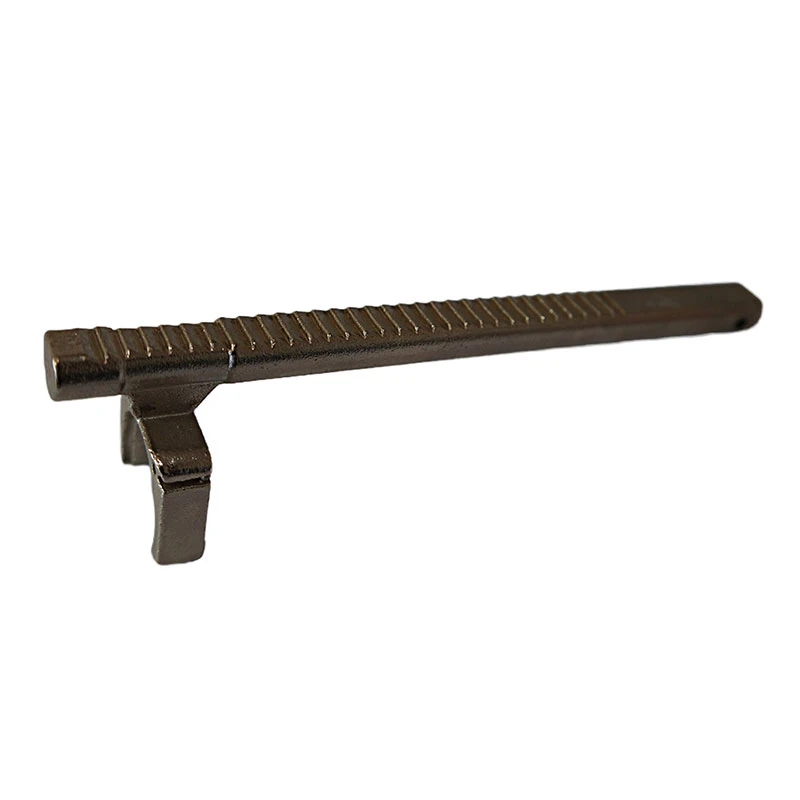Innovations in Cold Chamber Casting Techniques for Enhanced Metal Processing Efficiency
Cold Chamber Casting A Comprehensive Overview
Cold chamber casting is an advanced method of producing high-quality metal components, particularly in the die-casting industry. This process is particularly suited for metals with high melting points, such as aluminum, magnesium, and copper alloys. In this article, we will explore the principles of cold chamber casting, its process, advantages, applications, and challenges, providing a comprehensive understanding of this essential manufacturing technique.
The Principles of Cold Chamber Casting
Cold chamber casting differs from hot chamber casting chiefly in the way the molten metal is introduced into the die. In hot chamber casting, the metal is melted in a furnace connected to the die, allowing the molten material to flow continuously into the mold. Conversely, in cold chamber casting, the metal is melted separately and then transferred to the die chamber, which remains at a lower temperature during casting.
The cold chamber setup primarily involves a cold chamber shot sleeve, where the molten metal is poured. This configuration helps to minimize the exposure of the die to high temperatures, reducing wear and tear on the molds, and enabling the use of high-melting-point alloys that would not be suitable for hot chamber systems.
The Cold Chamber Casting Process
The cold chamber casting process consists of several key steps
1. Melting Metal is first melted in a separate furnace, reaching the desired temperature to ensure complete liquefaction. 2. Pouring Once the metal is ready, it is poured into the shot sleeve of the cold chamber machine. This step must be performed quickly to minimize cooling and solidification of the metal. 3. Injection A plunger mechanism pushes the molten metal from the shot sleeve into the die under high pressure. This high-pressure injection ensures that the metal fills every contour of the mold, capturing intricate details and achieving a precision fit. 4. Cooling and Solidification After the die is filled, the metal is allowed to cool and solidify, forming the final part. Cooling times can vary based on the complexity of the part and the material used. 5. Ejection Once solidified, the die opens, and the finished part is ejected. This process may also involve secondary operations such as trimming or surface finishing to achieve the final specifications.
Advantages of Cold Chamber Casting
Cold chamber casting offers several advantages over other manufacturing methods
cold chamber casting

- Complex Geometries This method is capable of producing intricate parts with tight tolerances, making it ideal for complex designs found in automotive and aerospace applications. - Material Versatility Cold chamber casting is suitable for a wide range of high-melting-point alloys, broadening the selection of materials that can be used in production. - Improved Die Life Because the die is not exposed to the high temperatures of molten metal for extended periods, there is reduced thermal stress, leading to a longer lifespan of the dies. - Excellent Surface Finish The process often results in a superior surface finish, which may reduce the need for secondary machining.
Applications of Cold Chamber Casting
Cold chamber casting is widely used in various industries, including
- Automotive Production of engine blocks, transmission housings, and complex components where strength and lightweight characteristics are critical. - Aerospace Manufacturing high-strength components that can withstand extreme conditions and meet stringent safety standards. - Consumer Electronics Creation of intricate housings and components for devices requiring precision and aesthetic quality.
Challenges of Cold Chamber Casting
Despite its advantages, cold chamber casting also presents challenges
- Cycle Time The process may require longer cycle times compared to hot chamber casting due to the separate melting and pouring phases. - Initial Investment The machinery for cold chamber systems can be more expensive to set up due to the need for additional equipment like melting furnaces. - Temperature Control Maintaining optimal temperatures during the pouring stage is crucial, as any delays can lead to premature solidification and defects.
Conclusion
Cold chamber casting is a vital manufacturing process that combines precision, versatility, and efficiency to produce high-quality metal parts. With its ability to work with a range of materials and create complex geometries, this casting method continues to play a significant role in various industries, driving innovation and progress in manufacturing techniques. Understanding its principles, advantages, and potential challenges is essential for engineers, designers, and manufacturers looking to leverage this method effectively.
-
Top Extras Casting Solutions Die Casting and Sand Casting Experts High-Quality Casting and Die Casting ServicesNewsJun.10,2025
-
Top SS Casting Manufacturer Aluminum Die Casting Manufacturer China Precision Die Casting Company SupplierNewsJun.10,2025
-
High-Quality Brass Casting Sand for Precision Sand Casting Brass at HomeNewsJun.10,2025
-
Affordable Aluminum Sand Casting Solutions Custom PartsNewsJun.09,2025
-
High-Quality China Sand Casting Services Cost-Effective & ReliableNewsJun.09,2025
-
Premium Hot Stamping Parts Durable Plastic Decor SolutionsNewsJun.09,2025















